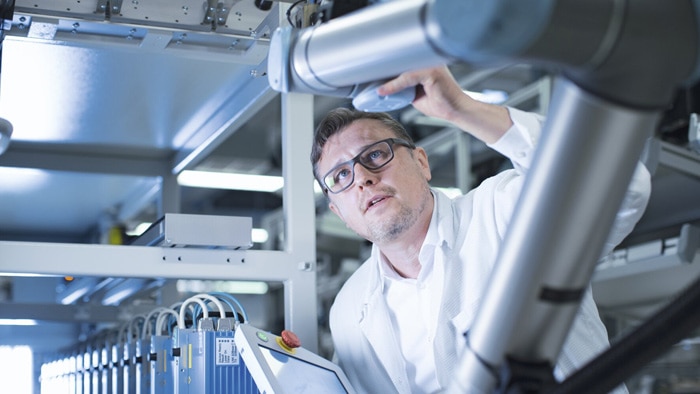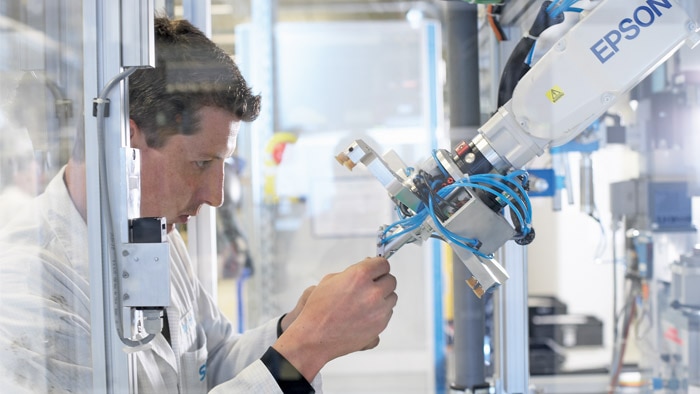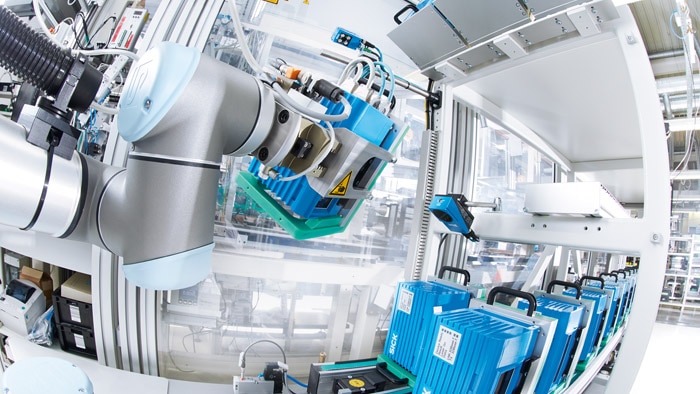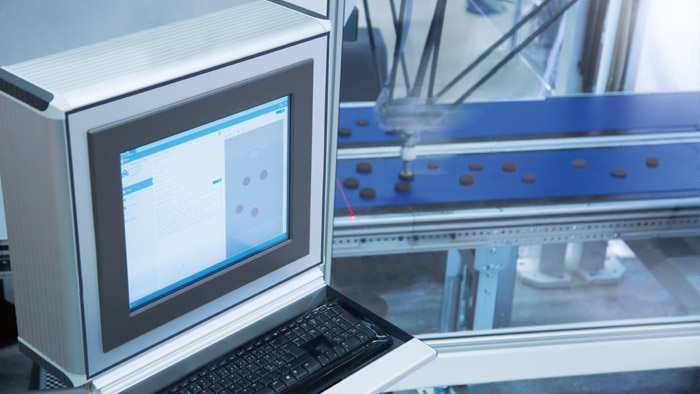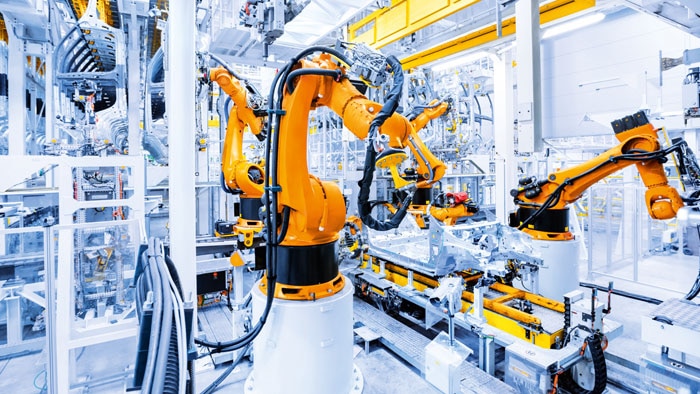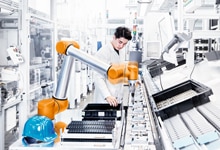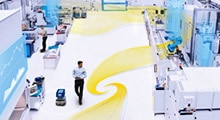“Safety is vital when deploying a new robot system”
A quick look at what’s in store for the robotics industry in 2020 together with Paul Szeflinski, Founder & President of IAS Inc. in the US
What trends have you seen in the field of robot automation?
How are you seeing data from robotics being used to improve manufacturing processes?
- Cycle time analysis of the robot’s operation to assure the entire system is functioning according to planned.
- Checking system idle time by seeing if the robot system is well supplied with product on the infeed side and not jammed up on the outfeed.
- Predictive maintenance on the robot itself. Each robot application will have products, tooling, and motion profiles that will wear on the axis differently. By bringing together the usage data with diagnostic tools for the robot’s parts, it is possible to get an idea of what components may decrease in efficiency or may fail and need to be replaced first.
What have you seen change in the past five years with vision-guided robot automation?
- Evolution of 2D cameras – As 2D vision solutions have become more affordable, compact, and robust, the implementation of VGRs is easier than ever. An increasing number of options and enhanced capabilities are now available that enable a robot to be guided more accurately. This makes VGRs a viable solution when parts are moving quickly. Emerging 4K and higher resolutions are coupled with higher frame rates to provide more precise and accurate solutions.
- 3D analysis is easier and less intensive – Large strides have been made on the software side of 3D vision. Data acquisition, calibration, and stitching of multi-camera data used to be time consuming and cumbersome processes. Now they are all much faster, more accurate, and more user-friendly. With all of the dollars that companies are putting toward making accessible 3D vision a reality, we expect this to progress even further in the future.
- Automated bin picking – Seeing parts in a random configuration and guiding the robot to unload a parts bin is now much more possible than it was five years ago. Significant testing is still needed as there are so many factors to a successful implementation of a bin picking system, and the best way to assure all parties of reliable results is to run the cycles to find out.
- A rise in integrated hardware/software/robot packages – Now, third party camera systems can be directly connected and handled by industrial robots. Guidance packages are then available from robot manufacturers.
What are unique cases where you’ve seen vision-guided robots being used?
- Bin picking and kitting – This seems to be gaining a lot of traction recently in the packaging and logistics industries. When products are already boxed, the handling requirements can be less delicate and less precise than other robotic applications.
- Stacking and racking – IAS has had applications where the end-user was looking to automate the task of racking product into carts. During our automation of a seed processing facility, we had robots at the end of each of the two lines placing trays full of seeds into bakery carts that would be then transferred into control rooms. Another application called for picking stacks of trays that included vitamins that were loaded and unloaded from push carts. Factory items such as bakery and push carts are never uniform and are subject to wear over time. In both applications, end-of-arm-tool mounted cameras helped our robots navigate their changing environment for the perfect motion path to accommodate what they were seeing.
- Vision to enable robot decision making – In high-mix scenarios, we’ve used vision to identify products via code reading or unique physical features and then used the spatial data to guide the robot to the part to either sort it properly or perform a value adding process.
Read more:
The new mobility: How sensors control the cobots of the future
Robot Operating System (ROS) with SICK and KEBA: Diversity and simplification
3D localization with the Belt Pick SensorApp for pick-and-place tasks
Part localizer from SICK brings order to the chaos of mixed-up parts
Making hard things easy – a safety solution for a mobile heavy-load robot
Working together as equals
Thanks to sensors from SICK, robots perceive more precisely. For all challenges in the field of robotics: Robot Vision, Safe Robotics, End-of-Arm Tooling, and Position Feedback.
Learn more
I want to stay up to date and regularly be informed about new articles!
